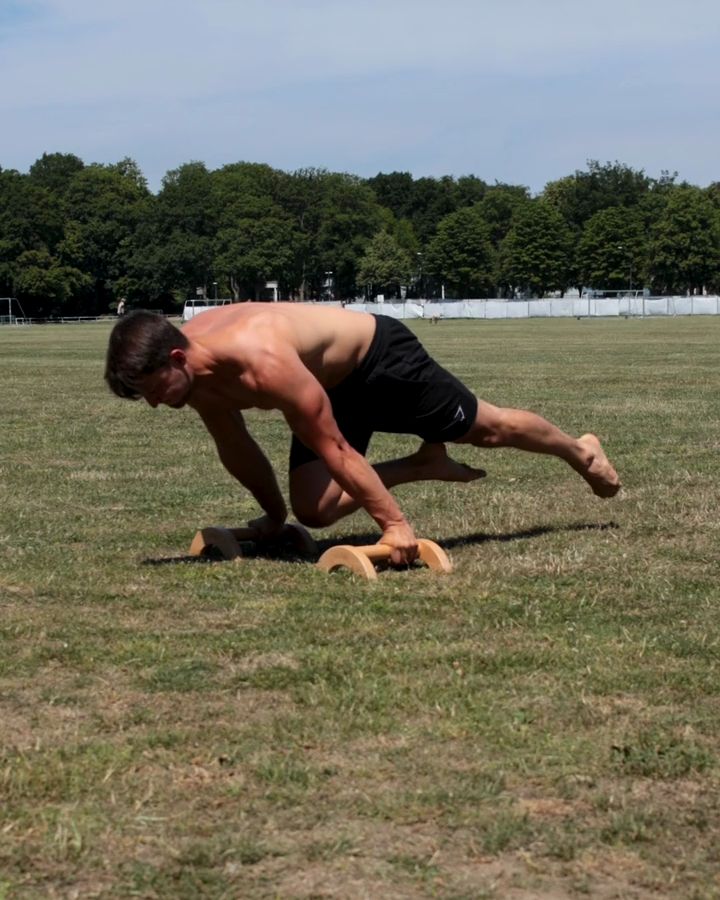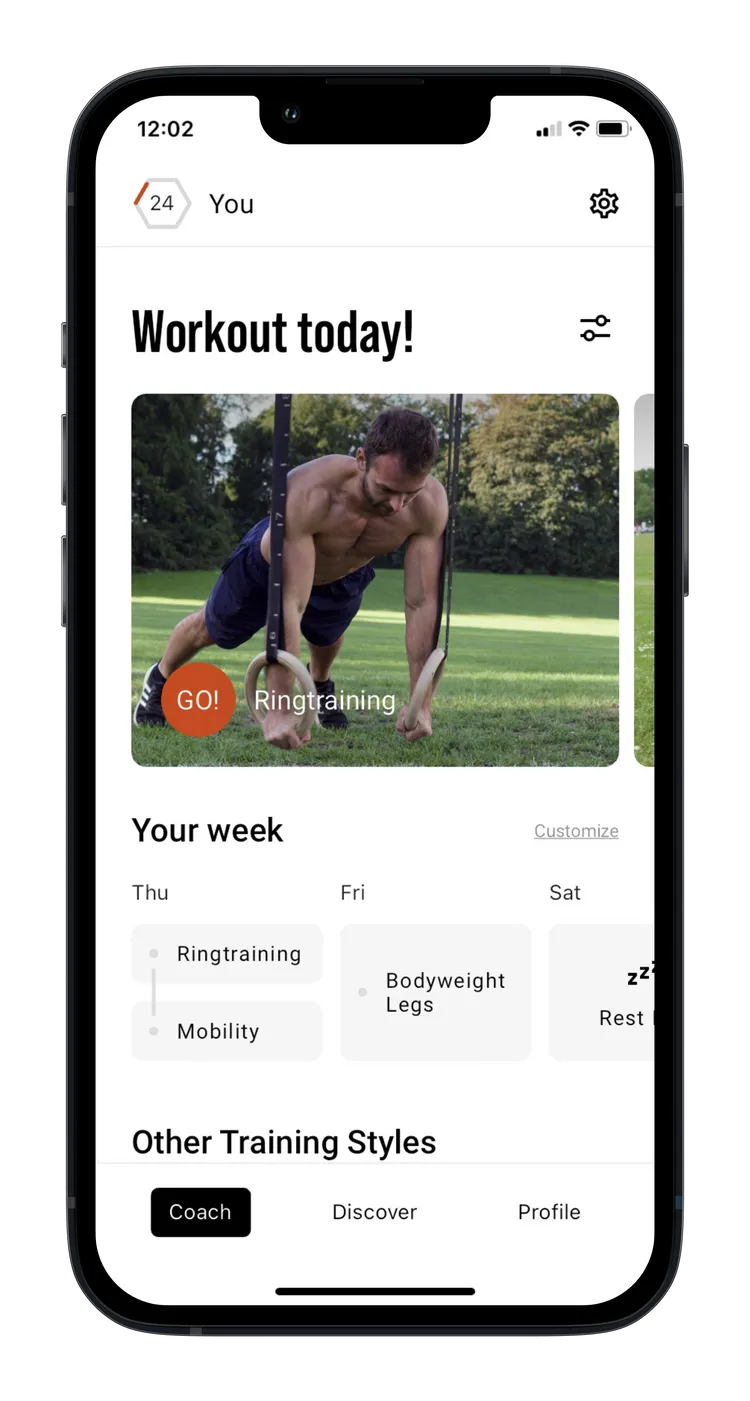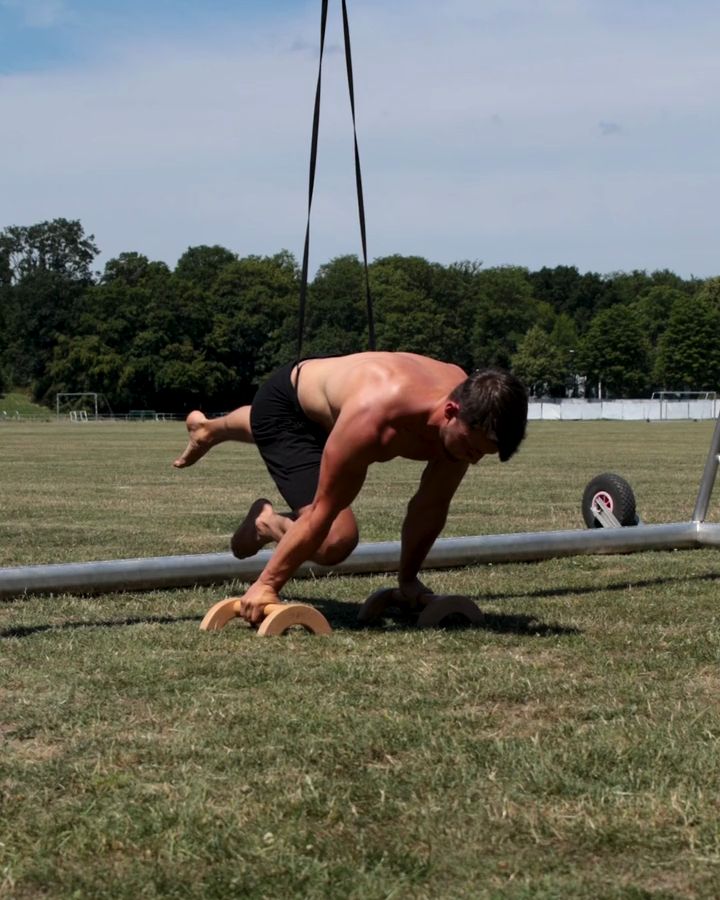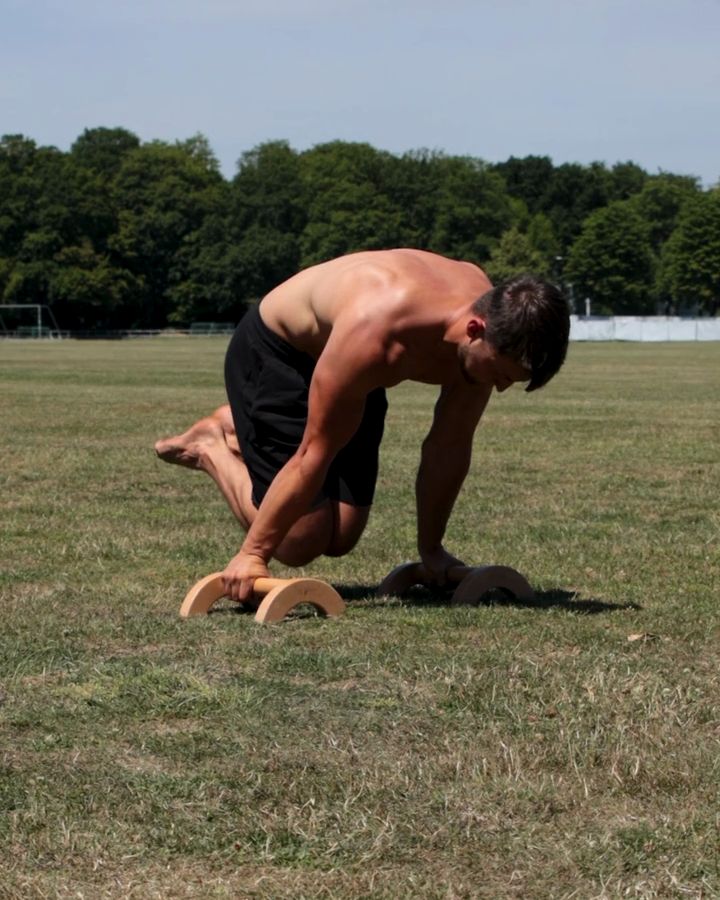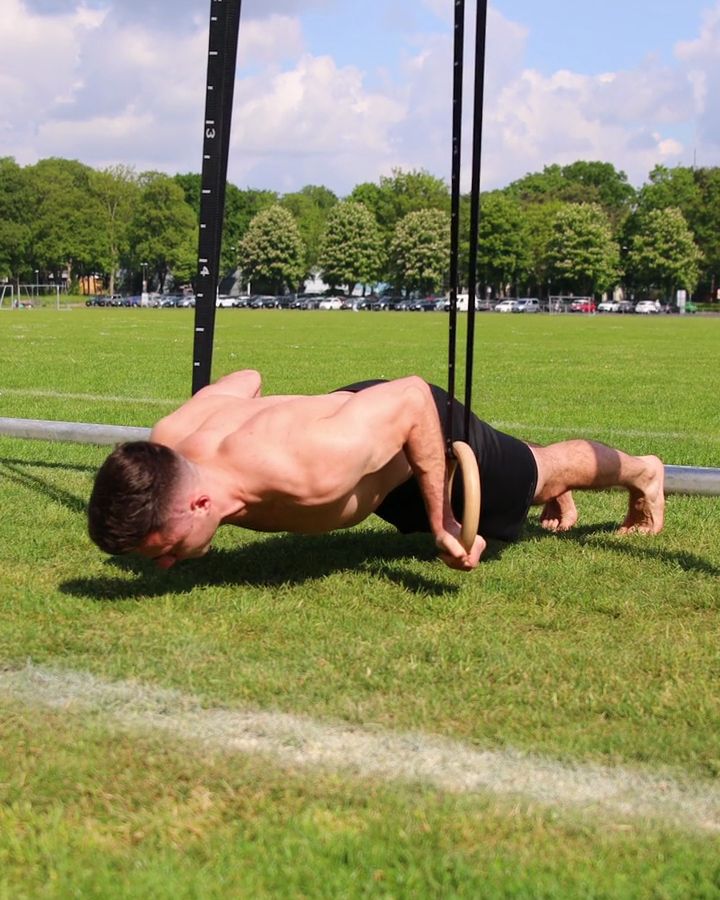One Leg Planche with Paralletes
The One Leg Planche is an advanced calisthenics skill in which the body hovers parallel to the ground, with only one leg extended. It requires tremendous strength in the shoulders, core, and arms. The One Leg Planche is a preparatory exercise for the Straddle Planche.
Necessary equipment
One Leg Planche with Paralletes - the correct execution
- Start in quadruped position on the parallettes
- Extend your arms to the maximum and consciously tense your triceps
- Press the Parallettes firmly into the floor and position your shoulders in a protracted depression (front down)
- Activate your chest and shoulder muscles
- Lean forward and shift your body weight to your hands
- Lean forward until you almost feel like you are going to tip over
- Release the feet from the floor and extend the left leg
- Pull the right knee towards the chest until the hip is bent 90 degrees
- Keep the left hip extended and the upper body parallel to the floor
- Make sure your arms remain extended throughout and your shoulders are in a deep and forward position (protraction/depression)
The exercise One Leg Planche is intended to be used as a technique exercise.
Which muscles are trained by One Leg Planche?












Primary trained muscles for One Leg Planche
Front Delts - The front part of the deltoid muscle, also known as the anterior shoulder, is located at the front of the shoulder. It is primarily involved in the forward movement of the arm, such as lifting the arm forward. It also assists in the internal rotation of the arm. This muscle is engaged in activities that involve lifting objects in front of the body or pushing forward.
Serratus Anterior - The serratus anterior muscle, also known as the anterior serratus muscle, is a muscle that runs along the sides of the ribs and attaches to the inside of the shoulder blade. It helps move the shoulder blade forward and outward and fix it against the chest wall. This is particularly important for movements such as bringing the arm forward or lifting the arm overhead. The serratus anterior muscle also plays a crucial role in stabilizing the shoulder during pushing or striking actions.
Biceps - The biceps brachii muscle is located on the front of your upper arm. It helps you bend your arm at the elbow, rotate your palm upwards, and lift your arm forward.
Secondary trained muscles for One Leg Planche
Triceps - The triceps brachii muscle is located at the back of your upper arm. It extends your arm at the elbow and also helps move the arm backward.
Lower Back - The erector spinae muscle runs along your spine and helps you extend your back and stand upright.
Alternative variants of One Leg Planche with Paralletes :
Band assisted One Leg Planche
The One Leg Planche can be made easier with a resistance band. The band is placed around the hips and attached to a bar above, pulling the body upward. This reduces the required strength and helps train the correct body position. This way, you can gradually work towards the full movement. Another easier Planche variation would be the Advanced Tuck Planche.
Necessary equipment
Band assisted One Leg Planche - the correct execution
- Place a medium resistance band (black) over the parallettes, for example on a pull-up bar
- Position the resistance band at your hips
- Start in quadruped position on the parallettes
- Extend your arms to the maximum and consciously tense your triceps
- Press the Parallettes firmly into the floor and position your shoulders in a protracted depression (front down)
- Activate your chest and shoulder muscles
- Lean forward and shift your body weight to your hands
- Lean forward until you almost feel like you are going to tip over
- Release the feet from the floor and extend the left leg
- Pull the right knee to the chest
- Keep the left hip extended and the upper body parallel to the floor
- Make sure your arms remain extended throughout and your shoulders are in a deep and forward position (protraction/depression)
Similar exercises to One Leg Planche
Advanced Tuck Planche with parallettes
The Advanced Tuck Planche is a challenging variation of the Planche. Compared to the basic Tuck Planche, where the knees are close to the chest, the legs in the Advanced Tuck are only slightly bent, which requires more strength and body control. This exercise serves as a transition to the Full Planche and is an important progression for calisthenics athletes looking to improve their Planche technique.
Pseudo Planche Push Ups with gym rings
Pseudo planche push-ups are an advanced variation of the classic push-ups that place greater emphasis on the shoulders. Unlike regular push-ups, the center of gravity is shifted forward by positioning the hands further back, roughly at hip level. This exercise is a great introduction to training for the planche. Other exercises, such as archer push-ups, provide a good alternative for those looking for less intense shoulder strain.
This could also be interesting
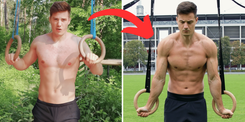
Calisthenics Body Transformation – How to Build a Strong, Lean, and Athletic Physique
Transform your body with Calisthenics! Build muscle, burn fat & achieve a shredded physique with bodyweight training. See real before & after results!
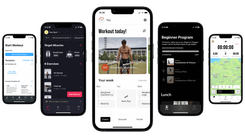
The Best Fitness Apps in 2025: Our Top 10 Recommendations
Don’t miss the best fitness apps of 2025: surprising favorites, free options, and perfect tools for your workouts. Find the ideal app today!
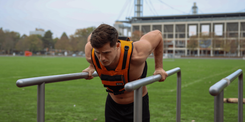
Complete Calisthenics Skills List – 40+ Exercises from Beginner to Pro
Which calisthenics skills should you learn first? And which ones will really help you progress? In this article, you’ll find a complete list of over 40 exercises – from the very basics to the toughest moves for professionals. Each exercise comes with instructions, so you can immediately integrate them into your training.
